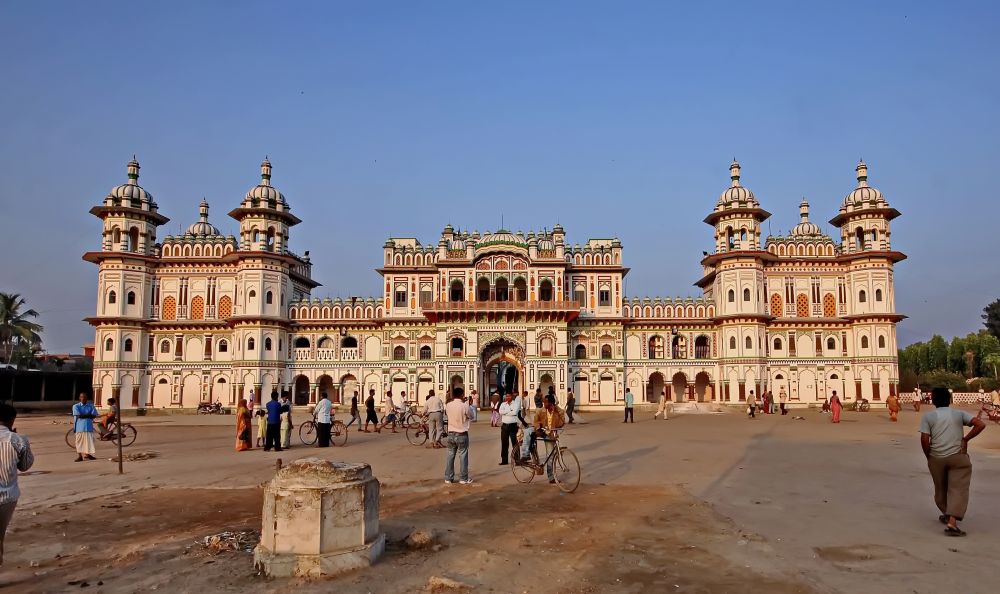

Located within the ethereal landscape of Nepal, the region of Gaurishankar and Janakpur hold a special place in the hearts of both local and international travelers. Both areas are steeped in history and culture and are emblematic of Nepal's rich tapestry of religious heritage and natural wonder.
Gaurishankar Conservation Area, named after the majestic Gaurishankar Himal, became a significant destination for tourism relatively recently. The region, home to the stunning Gaurishankar mountain which stands at 7,134 meters, is part of the Rolwaling Himal range. History unfolds in the adventurous tales of mountaineers and ancient trade routes that once peppered the mountainous terrain.
In the past few decades, Gaurishankar has witnessed a steady increase in travelers, drawn by the lure of trekking, mountaineering, and the spirituality that the Himalayas represent. Conservation efforts, initiated to safeguard the delicate ecosystems and diverse cultures in the area, began attracting eco-tourists and those interested in community-based tourism.
Janakpur, often referred to as the city of ponds, with its historical significance stemming from the epic Ramayana, has been a center of faith and pilgrimage for centuries. Believed to be the birthplace of Goddess Sita and the site where she wed Lord Rama, Janakpur draws thousands of pilgrims annually, especially during the vivacious festivals like Vivah Panchami and Ram Navami.
Tourism in Janakpur reaches back to many years as both Hindus and Buddhists regard it as primary cultural and spiritual destination. The Janaki Mandir, a temple dedicated to Goddess Sita, stands as a landmark in the city. This marvel of architecture, built in 1910, boasts an ornate style and attracts visitors for its historical significance and exquisite craftsmanship.
The latest trends in tourism in these regions point towards sustainable and responsible travel practices. Gaurishankar has seen a surge in community lodges and homestays, which allows visitors to enjoy immersive experiences while contributing to the local economy. Tourists are increasingly interested in treks like the Tsho Rolpa Lake trek, which take them through tranquil landscapes and remote villages.
In Janakpur, the focus is on cultural sustainability. The recently inaugurated Janakpur-Jayanagar Railway, which is part of the broader Nepal-India railway link, is expected to boost tourist inflow, enhancing local commerce and interconnectivity. There is also a growing emphasis on preserving the region’s cultural heritage through local arts and crafts, which are integral parts of the tourist experience in Janakpur.
In conclusion, both Gaurishankar and Janakpur represent unique aspects of Nepal's tourism history. While Gaurishankar embodies the serene and untouched beauty of the Himalayas beckoning adventure seekers, Janakpur stands as a testament to the deep-rooted cultural traditions and religious devotion that permeates Nepalese life. With responsible and sustainable tourism practices on the rise, the history of tourism in these regions is continuously evolving, promising a brighter future for the local communities and the enchanting travel destinations they nurture.